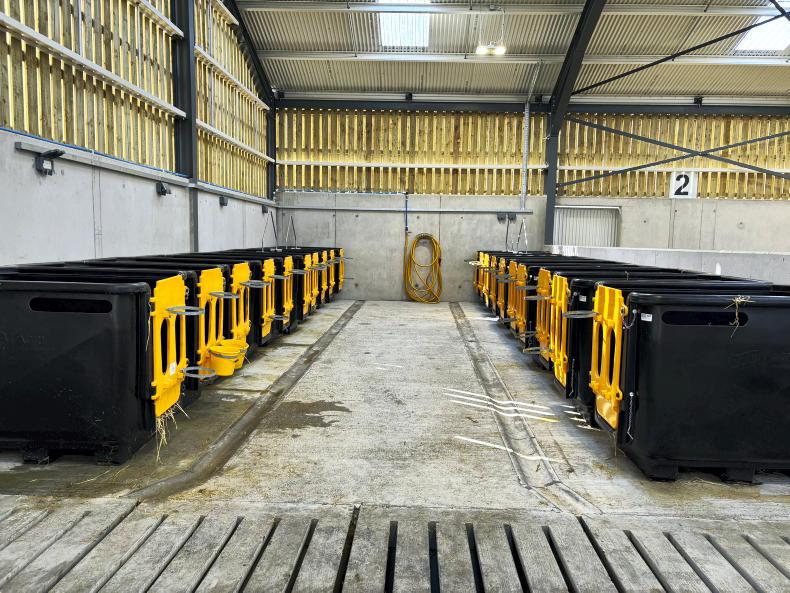Question: I’m in my late 50s, and find retirement is on my mind a lot more these days. I am still working and have a pension I contribute to each month, but I also have a second pension from an old employer. I contributed to the old pension for a number of years while I worked there, but I’ve since lost track of it since
I left a good few years ago.
How do I find out what it’s worth? How and when can I access it?
Answer: Retirement is one of those milestones that creeps up faster than we expect. One day, you’re busy with work and life, and the next, you’re wondering whether you will have enough money to enjoy all the additional time you will have.
For many, especially those who have changed jobs over the years, it’s easy to lose track of an old pension. The good news is that your pension is still there, waiting to be claimed.
Tracking down your pension
Since you have a pension with an old employer but have lost track of it, your first task is to locate it. Here’s how:
1. Contact the pension provider: If you remember the name of the company that managed the scheme, you can get in touch with them directly. Many providers will need details like your full name, date of birth, and possibly your PPS number or pension plan reference number to locate your account. If you are unsure of the provider, an independent financial broker who deals with all pension providers may be able to help.
2. Check with your former employer: If you’re unsure who the provider was, your old employer should have a record of the scheme and can direct you to the right place. If the company has since merged, changed names, or closed down, you may need to do a bit of digging online or contact the company that took over.
3. Use the central register: The pension tracing service, operated by the Government, can help locate lost workplace or personal pensions. It’s a free service that searches a database of pension schemes. You can access it online or by phone. Check out nationalpensionhelpline.ie or call 0818123223.
Its worth and how to access
Once you’ve tracked it down, the next step is to find out its current value. Your pension provider should be able to supply you with an up-to-date statement.
If it’s a defined benefit pension (often referred to as a final salary scheme), your statement will outline the income you’re entitled to at retirement age.
If it’s a defined contribution pension, the value will depend on the contributions made and how well the investments have performed.
The age at which you can access your pension will depend on the type of scheme you have.
The general rules are:
Defined contribution pensions: Typically accessible from age 50 (rising to 55 in 2028 under new legislation). You can take it as a lump sum, use it to buy an annuity (a guaranteed income for life), or leave it invested and draw down income as needed.
Defined benefit pensions: These have a set retirement age, often 60 or 65, but some allow early retirement with reduced benefits. Your provider will confirm the specifics.
You should also check if there are any penalties for taking benefits early or any guarantees that could provide extra value, such as a Guaranteed Annuity Rate (GAR), which could mean higher retirement income than current annuity rates offer.
Should you consolidate it?
If you have multiple pensions, you might consider consolidating them into one pot for easier management. However, this decision requires careful thought. Moving a pension may result in losing valuable benefits, so it’s worth speaking to a financial adviser before making any changes.
The key message here is that it’s never too late to get on top of your pension. The sooner you locate it and understand its value, the clearer your retirement picture will be. After all, retirement should be a time to enjoy life, not to worry about where your pension has gone.
Martin Glennon, head of financial
planning at ifac, the professional services firm for farming, food and agribusiness.
No matter what pension type you have, your statement typically includes:The current value of your pension fund.The type of pension (defined benefit or defined contribution).Any projected benefits or expected payouts.Any charges or bonuses that may apply.Investment performance and future growth expectations.
Question: I’m in my late 50s, and find retirement is on my mind a lot more these days. I am still working and have a pension I contribute to each month, but I also have a second pension from an old employer. I contributed to the old pension for a number of years while I worked there, but I’ve since lost track of it since
I left a good few years ago.
How do I find out what it’s worth? How and when can I access it?
Answer: Retirement is one of those milestones that creeps up faster than we expect. One day, you’re busy with work and life, and the next, you’re wondering whether you will have enough money to enjoy all the additional time you will have.
For many, especially those who have changed jobs over the years, it’s easy to lose track of an old pension. The good news is that your pension is still there, waiting to be claimed.
Tracking down your pension
Since you have a pension with an old employer but have lost track of it, your first task is to locate it. Here’s how:
1. Contact the pension provider: If you remember the name of the company that managed the scheme, you can get in touch with them directly. Many providers will need details like your full name, date of birth, and possibly your PPS number or pension plan reference number to locate your account. If you are unsure of the provider, an independent financial broker who deals with all pension providers may be able to help.
2. Check with your former employer: If you’re unsure who the provider was, your old employer should have a record of the scheme and can direct you to the right place. If the company has since merged, changed names, or closed down, you may need to do a bit of digging online or contact the company that took over.
3. Use the central register: The pension tracing service, operated by the Government, can help locate lost workplace or personal pensions. It’s a free service that searches a database of pension schemes. You can access it online or by phone. Check out nationalpensionhelpline.ie or call 0818123223.
Its worth and how to access
Once you’ve tracked it down, the next step is to find out its current value. Your pension provider should be able to supply you with an up-to-date statement.
If it’s a defined benefit pension (often referred to as a final salary scheme), your statement will outline the income you’re entitled to at retirement age.
If it’s a defined contribution pension, the value will depend on the contributions made and how well the investments have performed.
The age at which you can access your pension will depend on the type of scheme you have.
The general rules are:
Defined contribution pensions: Typically accessible from age 50 (rising to 55 in 2028 under new legislation). You can take it as a lump sum, use it to buy an annuity (a guaranteed income for life), or leave it invested and draw down income as needed.
Defined benefit pensions: These have a set retirement age, often 60 or 65, but some allow early retirement with reduced benefits. Your provider will confirm the specifics.
You should also check if there are any penalties for taking benefits early or any guarantees that could provide extra value, such as a Guaranteed Annuity Rate (GAR), which could mean higher retirement income than current annuity rates offer.
Should you consolidate it?
If you have multiple pensions, you might consider consolidating them into one pot for easier management. However, this decision requires careful thought. Moving a pension may result in losing valuable benefits, so it’s worth speaking to a financial adviser before making any changes.
The key message here is that it’s never too late to get on top of your pension. The sooner you locate it and understand its value, the clearer your retirement picture will be. After all, retirement should be a time to enjoy life, not to worry about where your pension has gone.
Martin Glennon, head of financial
planning at ifac, the professional services firm for farming, food and agribusiness.
No matter what pension type you have, your statement typically includes:The current value of your pension fund.The type of pension (defined benefit or defined contribution).Any projected benefits or expected payouts.Any charges or bonuses that may apply.Investment performance and future growth expectations. 








SHARING OPTIONS